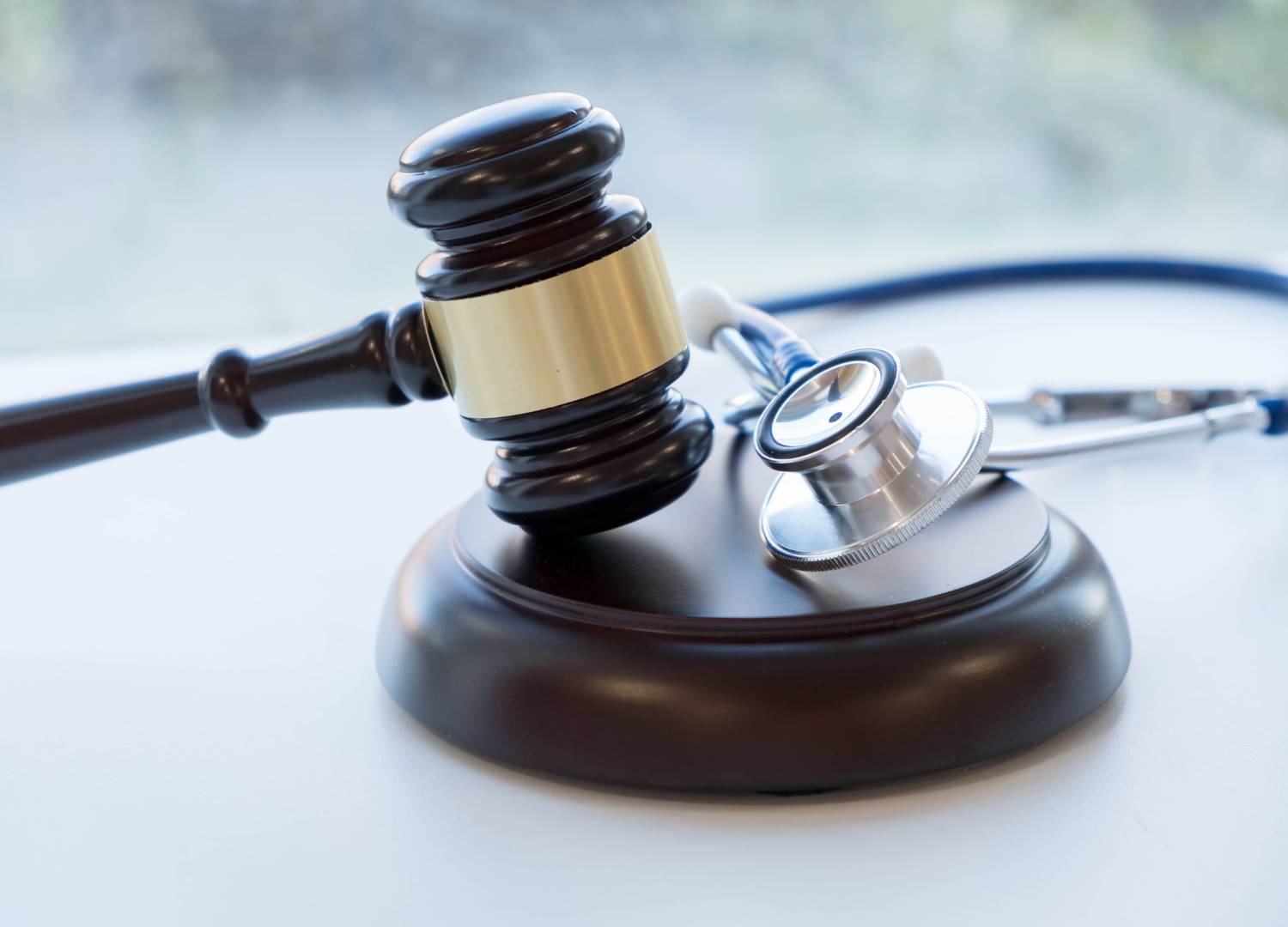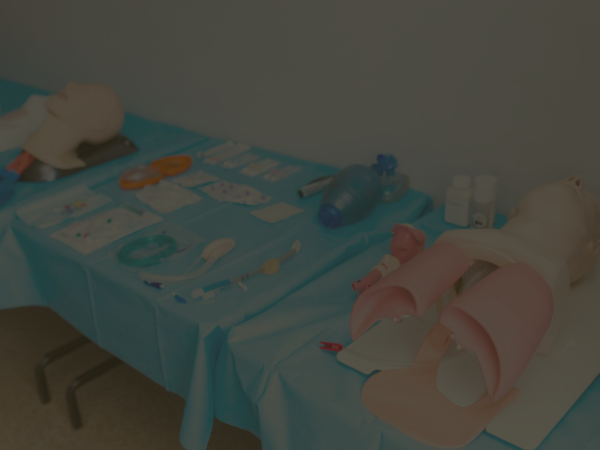Your cart is currently empty!
Understanding the Good Samaritan Law
If you see an emergency happening right in front of you, what do you do? Will you get into trouble with the law if you touch another person without permission? What about if you perform first aid or a medical procedure?
In the majority of cases, bystanders who provide aid to someone who is hurt or sick are protected by the Good Samaritan law. This type of law was designed to encourage people witnessing an emergency to get involved. If they do, they can provide aid without the risk of legal repercussions.
The important thing to note is that there are limits to this law. For example, it’s not going to cover a medical provider who is on duty in most cases, and it won’t protect someone against liability if they intentionally cause harm while “rendering aid.”
Here’s more on the Good Samaritan law’s history, why it has been put into place, and the implications of the laws when used throughout the country.
What Is the Good Samaritan Law?
A simple Good Samaritan law definition is this: a Good Samaritan law is a law that protects people who help others in emergency circumstances. With this law, they are protected against prosecution in the case that their actions result in harm. For example, if a person is giving someone cardiopulmonary resuscitation (CPR) and breaks their rib, the Good Samaritan law will protect them against legal consequences.
The goal of the Good Samaritan law is to take away the risk of unnecessary legal consequences in order to encourage people to help others. Without this law, there is a risk that those who help others during emergencies could be sued for causing harm or taking actions the other person may not have wanted.
The History of the First Good Samaritan Law
The Good Samaritan law technically originates from a well-known book: The Bible. In Luke 10: 25-37, a man is beaten and left to die. However, that individual was provided aid by someone who didn’t share the same beliefs.
This parable was written to describe the importance of helping others, whether they’re friends or enemies.
Today, Good Samaritan laws protect people who provide aid in good conscience to those who are suffering. However, the official legislation for the first Good Samaritan law didn’t go into effect until 1959. California enacted the law to provide immunity from civil damages to doctors who would stop and provide aid to those dealing with medical emergencies.
Is the Good Samaritan Law Limited?
Yes. The Good Samaritan law is limited, which means those who provide aid only have certain protections against legal prosecution when offering help to someone in distress. The limitations are typically straightforward.
The first thing to note about the limitations of the Good Samaritan law is that this law is not the same everywhere. For example, while Good Samaritan laws are present in every state’s legislation, the reality is that not all Good Samaritan laws are the same. For example, in some states (including Delaware and Pennsylvania), anyone who tries to help someone in an emergency has protection under law. In other states, the law might only protect professionals (such as trained rescuers). This is the case in Alabama. And, other states (Oklahoma) only cover bystanders who provide assistance in certain circumstances, such as when they are trying to stop someone’s bleeding or perform CPR.
Do You Have To Provide Aid in an Emergency?
Now, you know that the Good Samaritan laws will protect you in many cases (though you will want to check your state’s laws to be sure of the exact legislation). The real question many people have is, “do I have to provide aid in an emergency?” The answer to that may depend on who you are and where you are.
Generally speaking, there is no legal requirement to help someone in an emergency other than in the state of Vermont, but this is a general rule, not one that applies to everyone. And, since legislation is always changing, it’s important to keep an eye on the news to see if your state decides to require bystanders to render aid.
For now, some people who may be compelled to help in an emergency could include:
- Doctors who witness a medical emergency
- Teachers or counselors who need to protect their students or patients from injury
- Employers (under laws through the Occupational Safety and Health Administration) if employees are injured
If you are a first responder, keep in mind that you may be obligated to help in an emergency when you are able to provide aid. This could apply even when you’re not technically on duty.
Examples of How the Good Samaritan Law Could Work
Understanding how the Good Samaritan laws work can be best expressed through examples of emergencies and what bystanders did to help. Here are several examples to show situations in which bystanders may be protected by law.
Situation I:
A medical student was walking outside in the winter. It was icy outside, but the ice had begun to melt. They continued on their walk but saw a bicycle in the middle of the roadway. Nearby, the cyclist was lying on the ground. Right away, the medical student called 911, and the dispatcher stated that they would arrive in a few minutes. At the same time, the medical student knew the cyclist could use first aid; they were bleeding, and they were unconscious.
The medical student attempted to reposition the patient carefully before applying pressure to the wound. While the ambulance was in transit to the location, the patient suddenly stopped breathing and, despite CPR, passed away.
In this case, the medical student might be concerned about facing liability for moving the patient, since doing so could have caused injury in some circumstances. However, Good Samaritan laws generally protect medical personnel (including students) in cases such as this.
Situation II:
A marathon was taking place. During the run, one of the runners suddenly fell ill and collapsed. The runner appeared to be having heat stroke or another medical emergency. Bystanders on the sidelines rushed to help. One helped provide the runner with cool water, and another brought towels. The runner was disoriented, but the medical team was on the way. Suddenly, the runner had a seizure, and the bystanders stepped away. When the medical team arrived, they determined that the runner was diabetic and required a glucose injection.
In this case, the bystanders may worry that they’ll face repercussions for providing incorrect aid, but the Good Samaritan law will typically protect those providing aid in good conscience.
Real-Life Good Samaritan Law Examples
- The case of Kitty Genovese in 1964. Kitty Genovese was 28 when she was robbed, raped, and then killed outside her apartment home in Queens. A large number of people (around 38) heard or watched what was happening, but none of them stepped in to stop it. According to information about the case, no one called police during the assault or murder. The case was so significant that it prompted the creation of a Good Samaritan law in New York City.
- The case of a doctor from the Montreal Heart Institute in 2021. In this case, a doctor decided to get an ice cream cone. While she was there, the owner of the facility ran outside and said someone had collapsed. The doctor ran to the patient, and she discovered that he was in cardiac arrest. She performed CPR for seven minutes. The patient was considered clinically dead for 12 minutes. Fortunately, he did recover from the heart attack.
Be Prepared to Save a Life
Emergencies can happen anytime. With proper training, you can confidently step in and help. Enroll in CPR, ACLS, PALS, or BLS certification courses at Save a Life by NHCPS. Our 100% online courses follow the latest guidelines and offer AMA credits for medical professionals.
Start your training today and be ready when it matters most!
Good Samaritan Law FAQs
Still have questions about the Good Samaritan laws in the United States? Here are some commonly asked questions and their answers.
What Is the Good Samaritan Law in Simple Terms?
The Good Samaritan Law, put simply, is a law that helps protect people who help others during emergencies. The law is designed to protect them against legal consequences in the case that unintentional errors or mistakes are made while they provide aid. There are limitations in place depending on state law, so it’s important to look up the law locally to be sure you understand how it may apply to you.
What Do Good Samaritan Laws Not Offer Protection From?
Generally speaking, Good Samaritan laws do not protect medical personnel who are acting in their typical profession. For example, if a surgeon performs surgery and someone dies, they may be held liable in some cases if negligence occurred or if errors led to the death. On the other hand, Good Samaritan laws do apply in cases when ordinary negligence occurs. For example, if the doctor is acting as any other reasonable person would in the same circumstances, then they would be protected. Cardiopulmonary resuscitation (CPR), for example, is typically protected as an ordinary act in an emergency.
There are some acts that are not protected under Good Samaritan laws. For example, if a bystander is grossly negligent or participates in wanton misconduct, they may not be protected by the law and could face prosecution even if they allege they were attempting to help a victim during a medical emergency. For instance, someone performing CPR would usually use their palms to press down on the chest. If someone were to use a foot or jump on someone’s chest instead, those actions would likely not be protected.
What States Do Not Have a Good Samaritan Law?
The good news for the United States is that every state does have a Good Samaritan law. Even Washington, D.C., has its own Good Samaritan laws that help protect the people who take action in an emergency. It is, again, important to note that not all Good Samaritan laws are made equal. It is necessary to review local legislation to know which acts are protected in your state.
You should also be aware that there are laws other than the Good Samaritan laws in the U.S. that may require you to take action in an emergency. For instance, the Occupational Safety and Health Administration (OSHA) does require someone on a worksite to be trained in first aid if there isn’t a clinic, hospital, or infirmary near the workplace. Regulations are constantly changing, so it is necessary to keep track of any updates to these laws.
In What Year Was the First Good Samaritan Law Passed?
The first Good Samaritan law was passed in 1959 in California. The law was created to encourage doctors to stop if they recognized a medical emergency was taking place outside a medical setting. Today, the law has extended to bystanders (though this can vary in some states). While Good Samaritan laws are in place, only Vermont requires people to stop and provide aid in an emergency.
How Can You Learn CPR or Other Medical Certifications?
Learning CPR and taking other medical courses can help you gain the skills you need to grow your confidence in emergency situations.
Perform CPR correctly and get an advanced cardiac life support certification to help you save a life. You can also learn pediatric advanced life support and basic life support and get your certifications from Save a Life by NHCPS.
These courses are 100% online and adhere to the latest ILCOR Standards and Guidelines, ensuring you have the right information to help people in need. And, if you work in the medical field, you can get AMA credits from these courses, helping you with your continuing education.









Leave a Reply